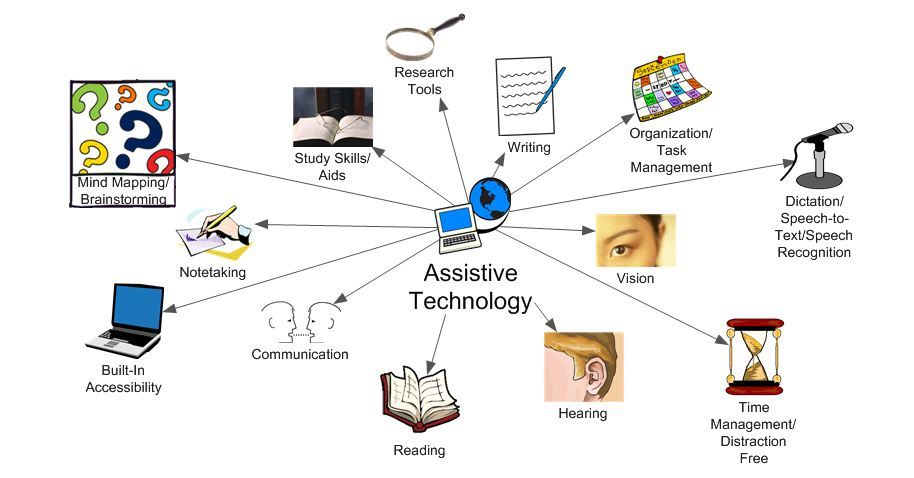Language Impairment
Language Impairment (LI)
Language impairments are disorders of language that interfere with communication, adversely affect performance and/or functioning in the student’s typical learning environment, and result in the need for exceptional student education. A Language impairment is defined as a disorder in one or more of the basic learning processes involved in understanding or in using spoken or written language. These include:
Phonology – Phonology is defined as the sound system of a language and the linguistic conventions of a language that guide the sound selection and sound combinations used to convey meaning;
Morphology – Morphology is defined as the system that governs the internal structure of words and the construction of word forms;
Syntax – Syntax is defined as the system governing the order and combination of words to form sentences, and the relationships among the elements within a sentence;
Semantics – Semantics is defined as the system that governs the meanings of words and sentences; and
Pragmatics – Pragmatics is defined as the system that combines language components in functional and socially appropriate communication.
The language impairment may manifest in significant difficulties affecting listening comprehension, oral expression, social interaction, reading, writing, or spelling. A language impairment is not primarily the result of factors related to chronological age, gender, culture, ethnicity, or limited English proficiency.
This definition is found in State Board of Education Rule 6A-6.030121, F.A.C.
Speech Impairment
Speech Impairment (SI)
Speech impairments are disorders of speech sounds, fluency, or voice that interfere with communication, adversely affect performance and/or functioning in the educational environment, and result in the need for exceptional student education.
Speech sound disorder – A speech sound disorder is a phonological or articulation disorder that is evidenced by the atypical production of speech sounds characterized by substitutions, distortions, additions, or omissions that interfere with intelligibility. A speech sound disorder is not primarily the result of factors related to chronological age, gender, culture, ethnicity, or limited English proficiency.
Phonological disorder – A phonological disorder is an impairment in the system of phonemes and phoneme patterns within the context of spoken language.
Articulation disorder – An articulation disorder is characterized by difficulty in the articulation of speech sounds that may be due to a motoric or structural problem.
Fluency disorder – A fluency disorder is characterized by deviations in continuity, smoothness, rhythm, or effort in spoken communication. It may be accompanied by excessive tension and secondary behaviors, such as struggle and avoidance. A fluency disorder is not primarily the result of factors related to chronological age, gender, culture, ethnicity, or limited English proficiency.
Voice disorder – A voice disorder is characterized by the atypical production or absence of vocal quality, pitch, loudness, resonance, or duration of phonation that is not primarily the result of factors related to chronological age, gender, culture, ethnicity, or limited English proficiency.
This definition is found in State Board of Education Rule 6A-6.03012, F.A.C.
Assistive Technology

At a Glance
Assistive Technology (AT) is any device, piece of equipment, or system that helps a person with a disability work around his or her challenges to function better.
Assistive technology can’t “cure” learning and attention issues, but it can help.
Not all types of Assistive Technology are high-tech.
You can discuss Assistive Technology with your child’s IEP or 504 plan team.
